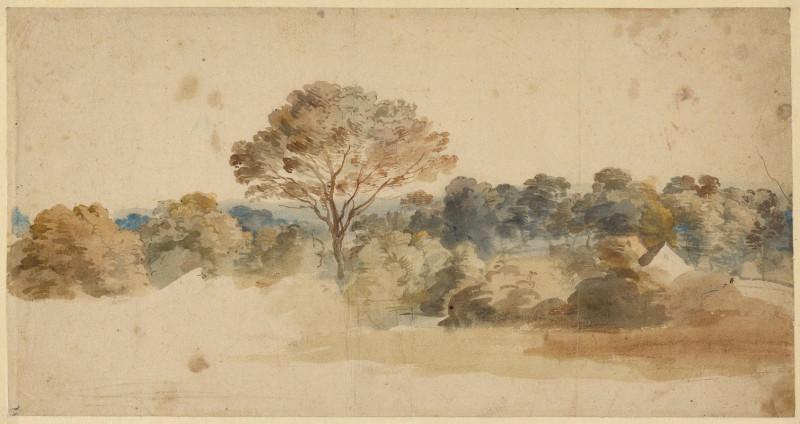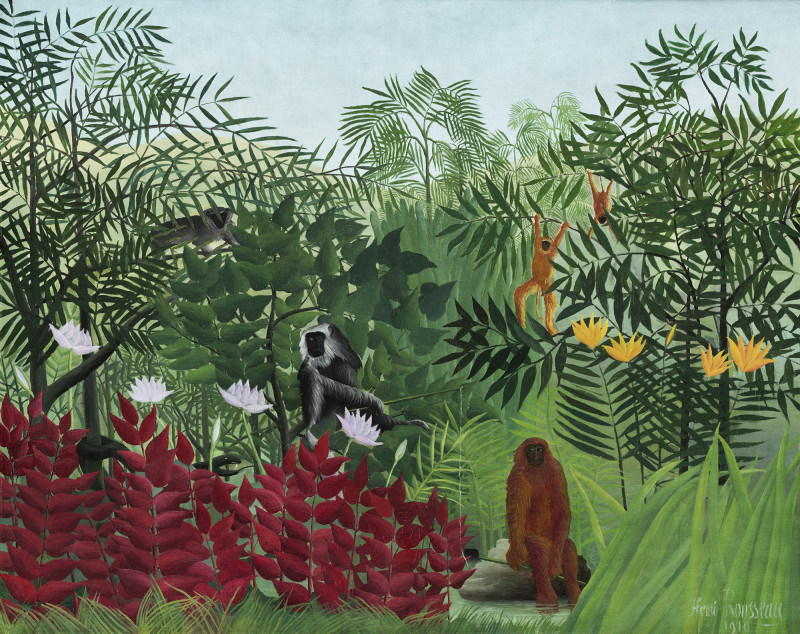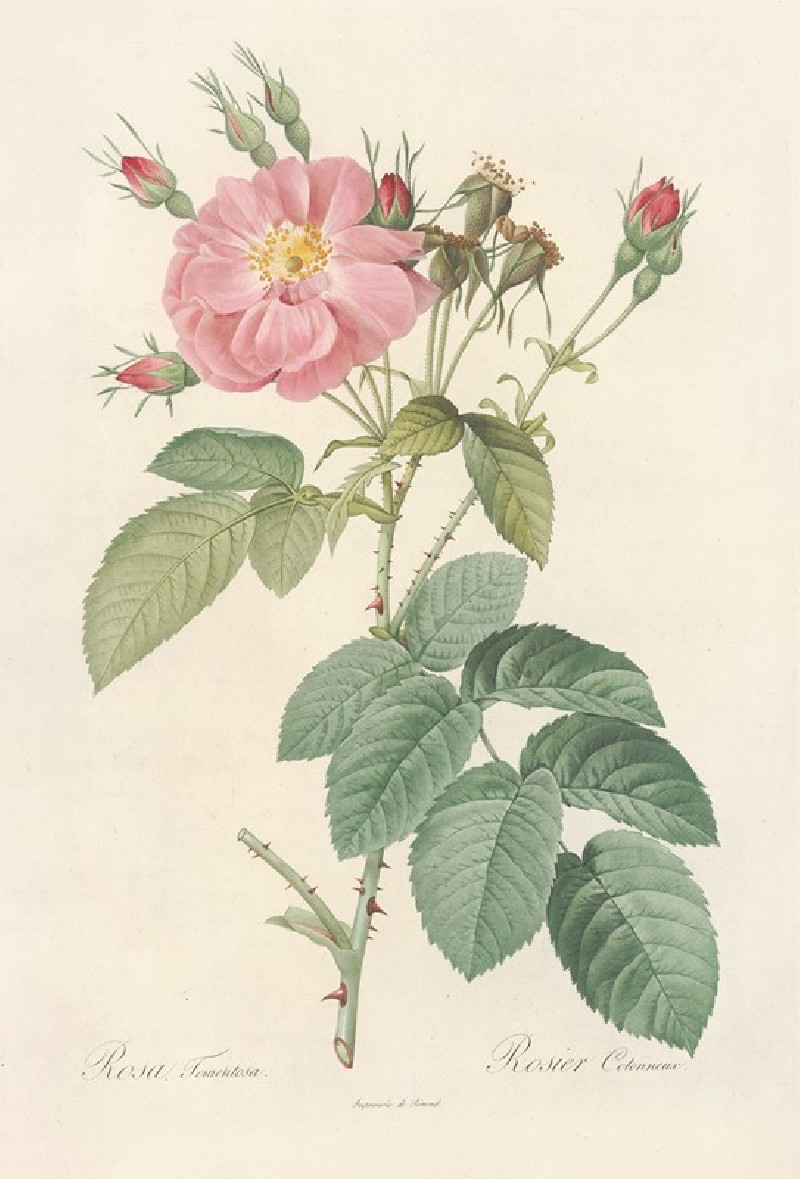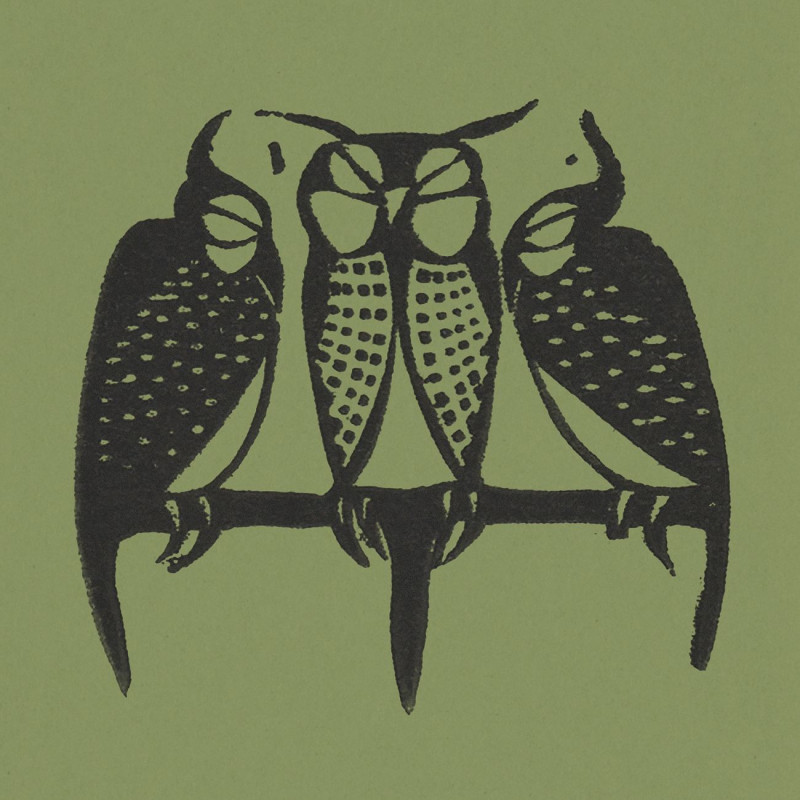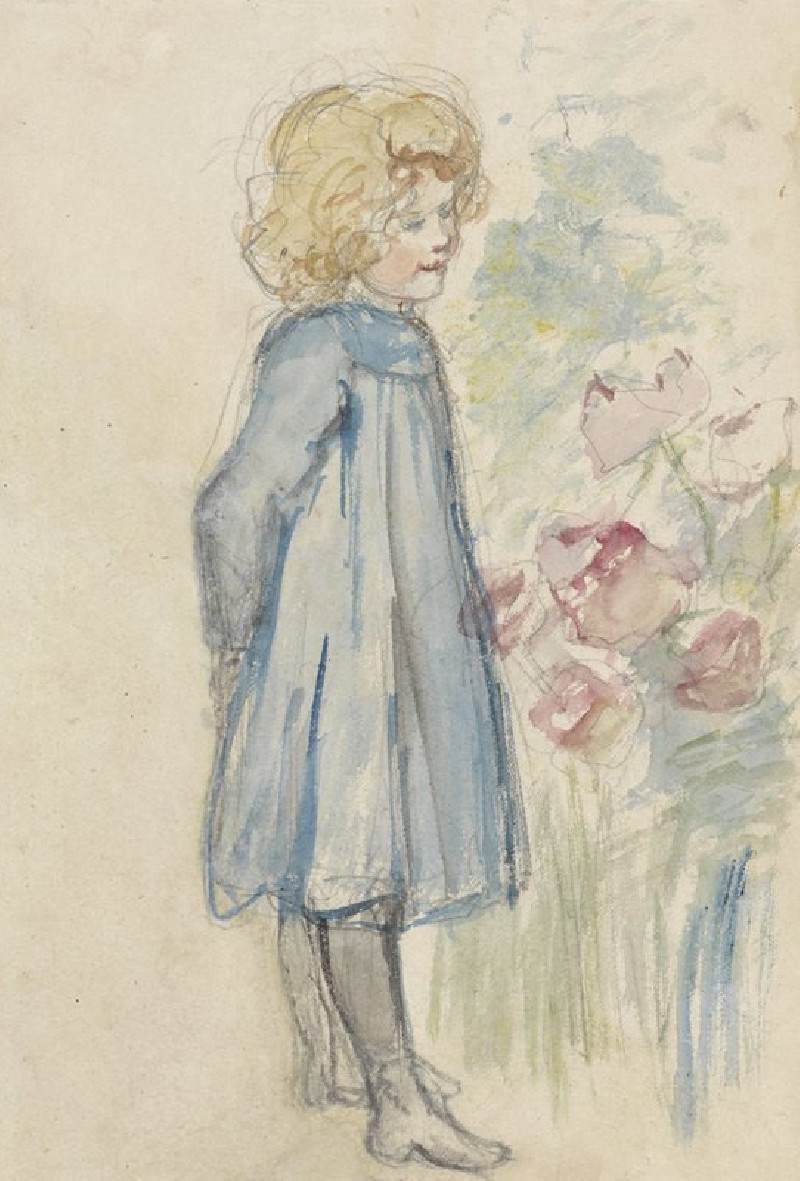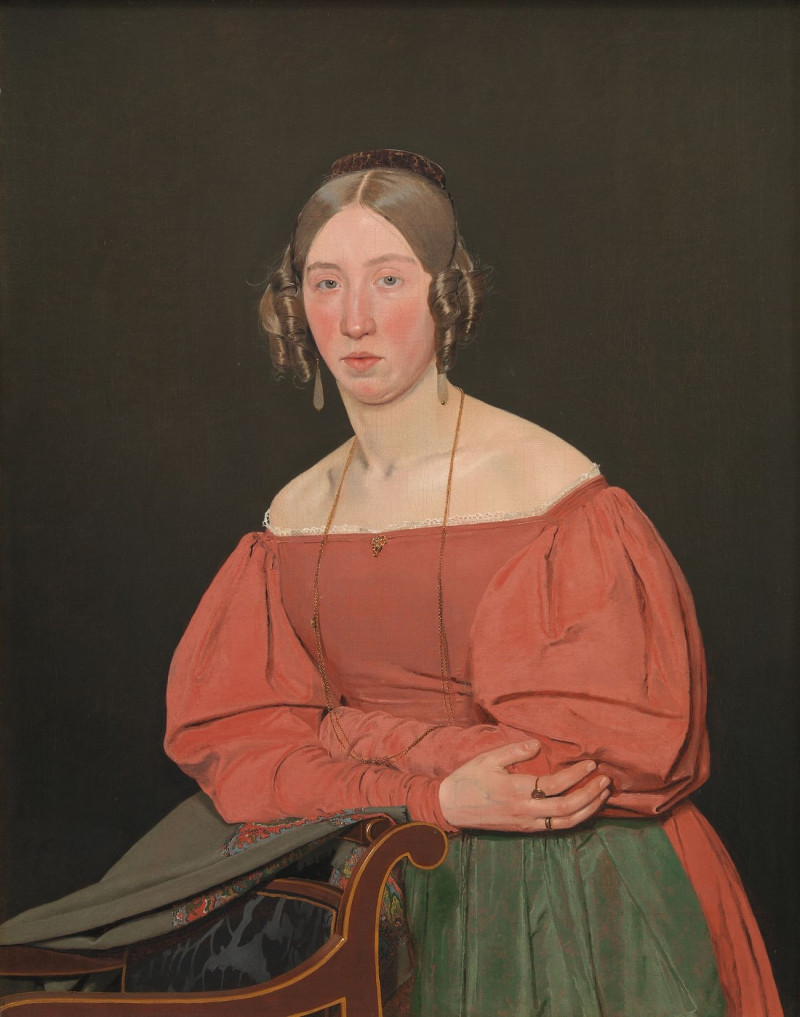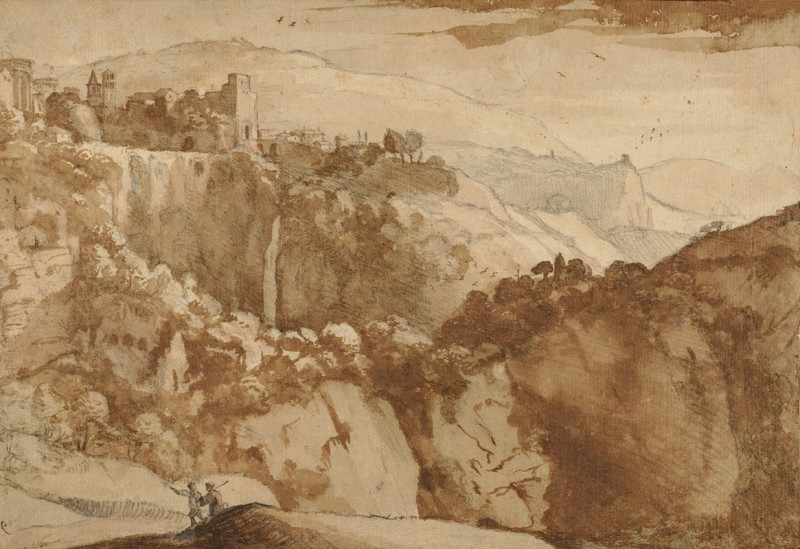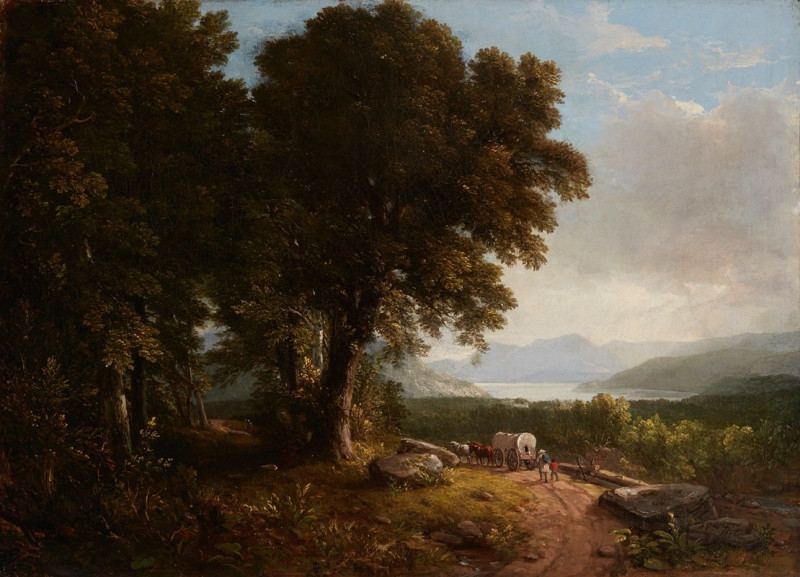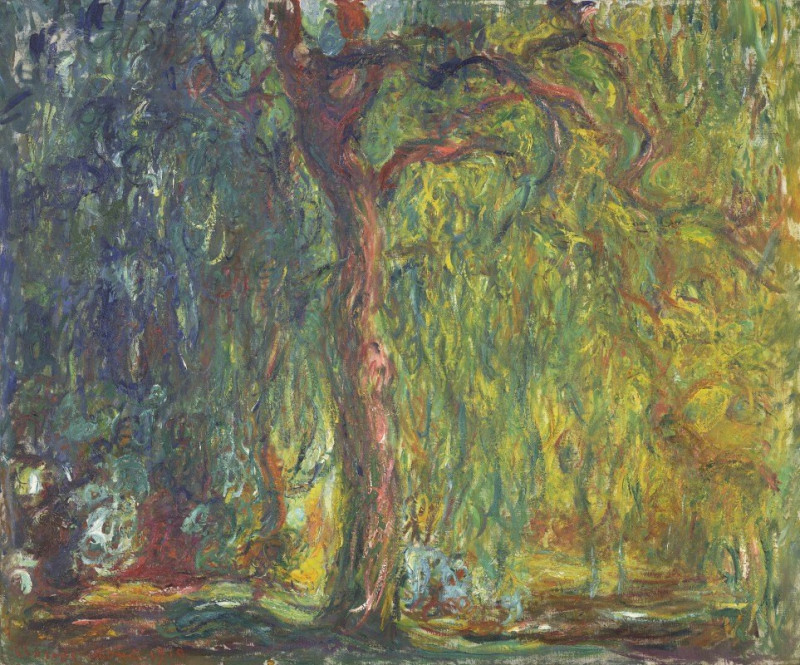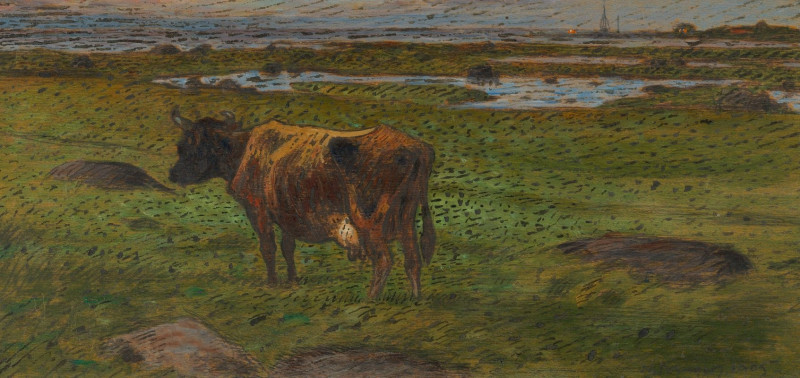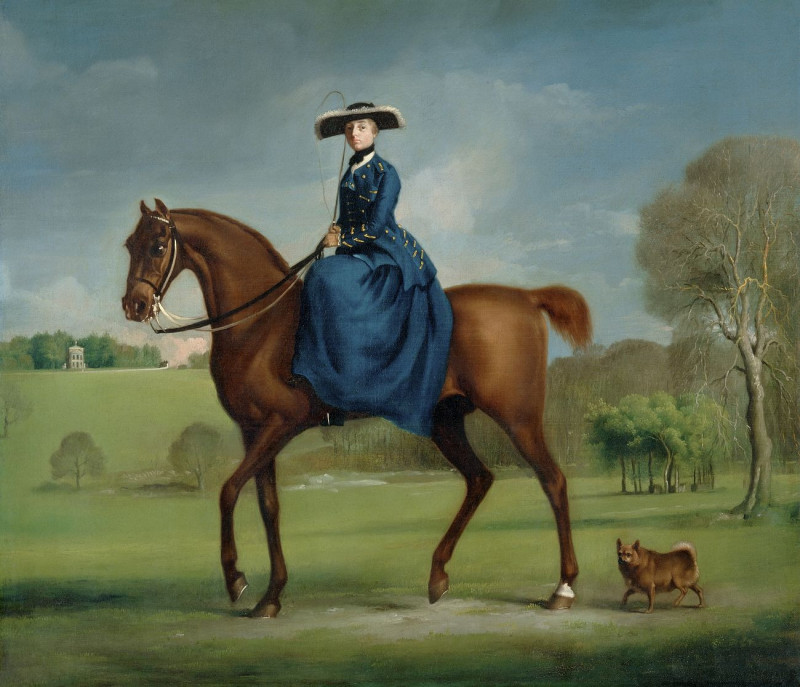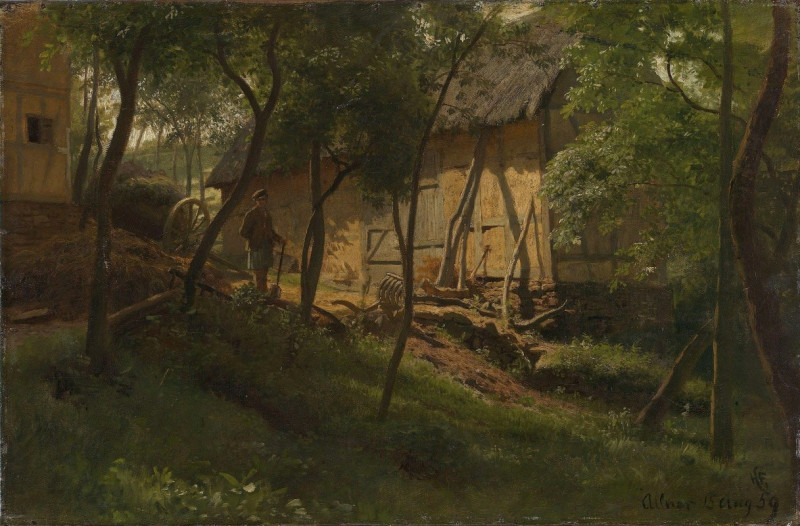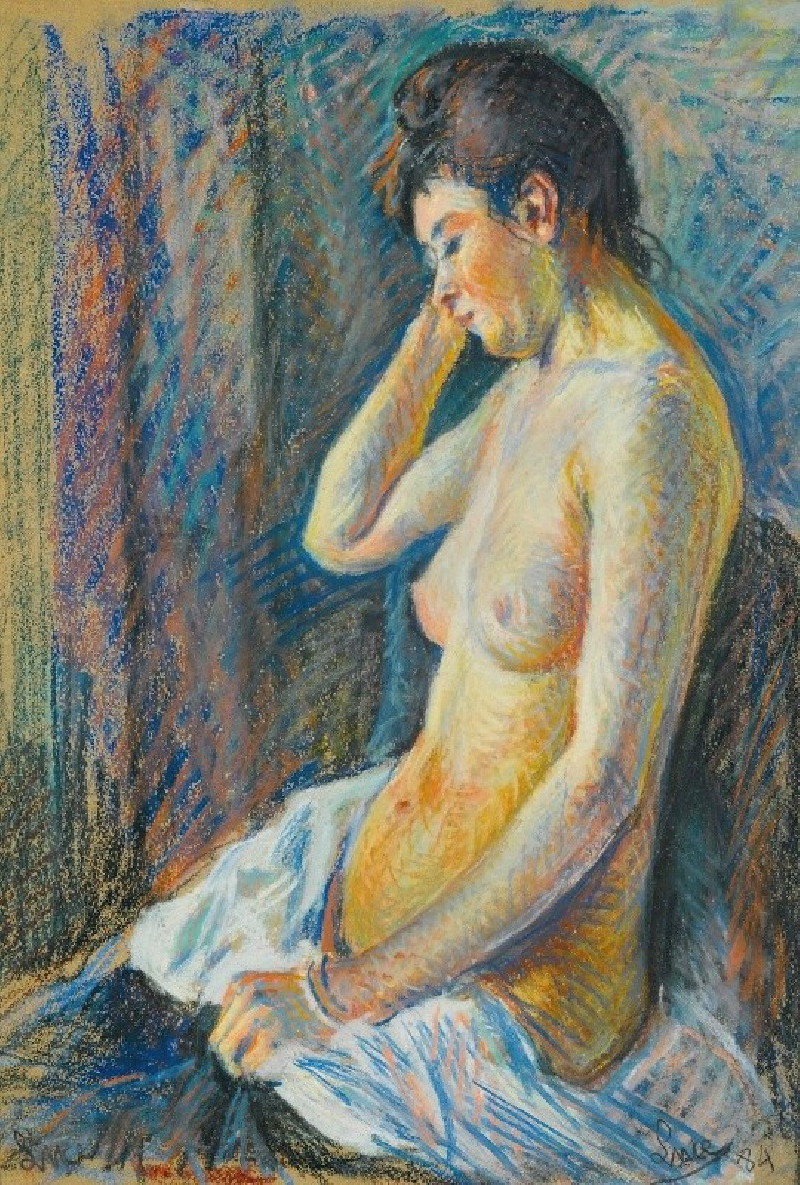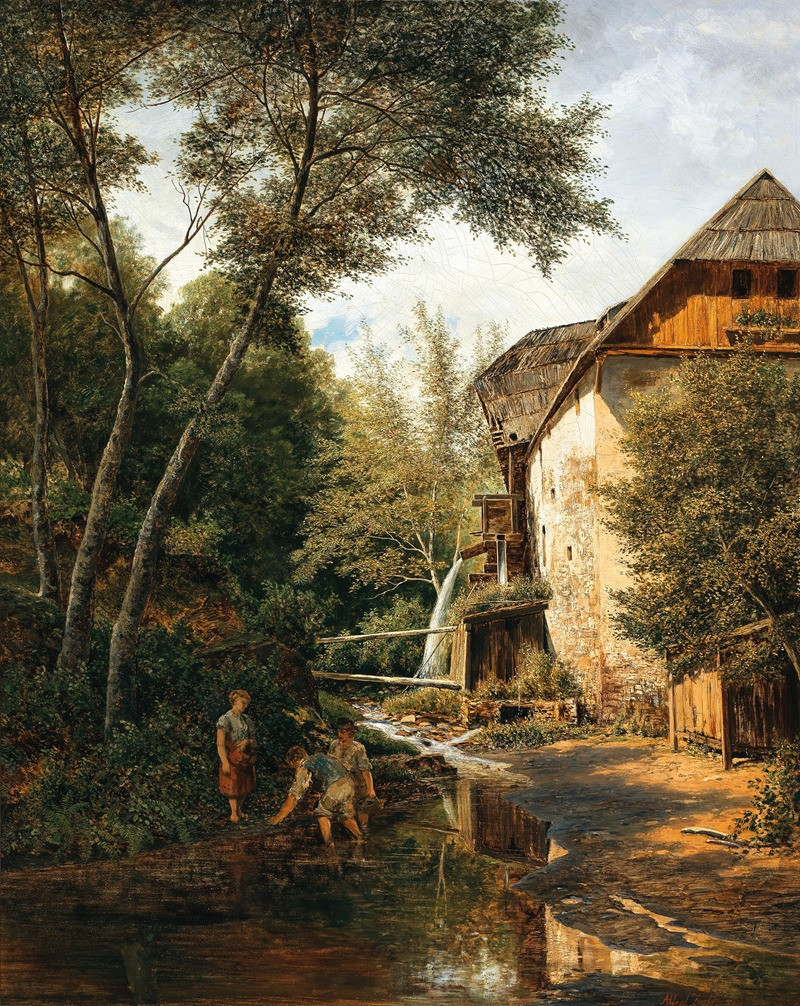Landscape (about 1640)
Technique: Giclée quality print
Recommended by our customers
More about this artwork
Dive into a tranquil scene from the 1640s with this exceptional landscape painting by the Flemish master, Anthony van Dyck. Known primarily for his portraits, van Dyck's landscapes, such as the one depicted here, showcase his versatility and sensitive observation of nature.This landscape painting, simply titled "Landscape (about 1640)," offers a gentle vista into a rustic countryside setting. The painting is characterized by its soft, muted color palette, which lends an ethereal quality to the scene. Van Dyck employs delicate watercolor washes to render the various elements, creating a harmonious and balanced composition.Central to the painting is a robust tree, full and vibrant against the sky, its leaves detailed in various shades of green and brown, suggesting the changing light of either early morning or late afternoon. This tree stands as a guardian overlooking the land, surrounded by clusters of foliage that dissolve into the background, forming a soft-edged tapestry of greens, blues, and earth tones.Below the tree, we glimpse what appears to be a rural village. Tiny, indication-like strokes suggest quaint cottages nestled amongst the trees, evoking a sense of peaceful rural life, uninterrupted by the hustle and bustle of urban settings.The foreground is less detailed, allowing the viewer's eye to focus on the middle and backgrounds of the piece, thus deepening the sense of depth and space. The horizon is subtly suggested, guiding the viewer through the landscape and inviting them to wonder what lies beyond the visible.This artwork not only highlights van Dyck's mastery in portraiture but also his profound ability to capture the essence and tranquility of the natural world.
Delivery
Returns
Sir Anthony van Dyck (1599 – 1641) was a Flemish Baroque artist who became the leading court painter in England after success in the Spanish Netherlands and Italy.
The seventh child of Frans van Dyck, a wealthy Antwerp silk merchant, Anthony painted from an early age. He was successful as an independent painter in his late teens, and became a master in the Antwerp guild in 1618. By this time he was working in the studio of the leading northern painter of the day, Peter Paul Rubens, who became a major influence on his work.

